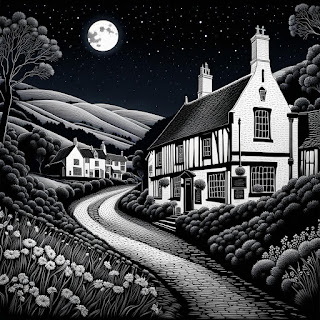Creating a Game (Part 17) - Grok
To "Grok" something basically means to understand something fully. grok verb INFORMAL • US understand (something) intuitively or by empathy . "corporate leaders seemed to grok this concept fairly quickly" establish a rapport . "nestling earth couple would like to find water brothers to grok with in peace" There's a psychological concept that crosses through many hobbies and pastimes called "flow", it can kind of be considered a relative to the concept of "grokking". flow theory —referring to a state of being in which people become so immersed in the joy of their work or activity “that nothing else seems to matter.” To be in a state of flow requires one to fully grok the activity they are engaged in. That often means having a set of rules that intuitively makes sense, which takes a supportive back seat when the storytelling is progressing easily, but is caoable of providing a helpful nudge now and again when the storytelling






